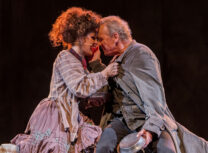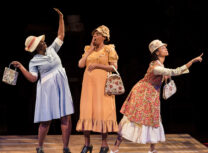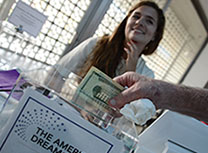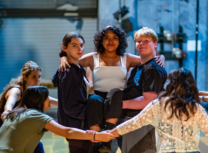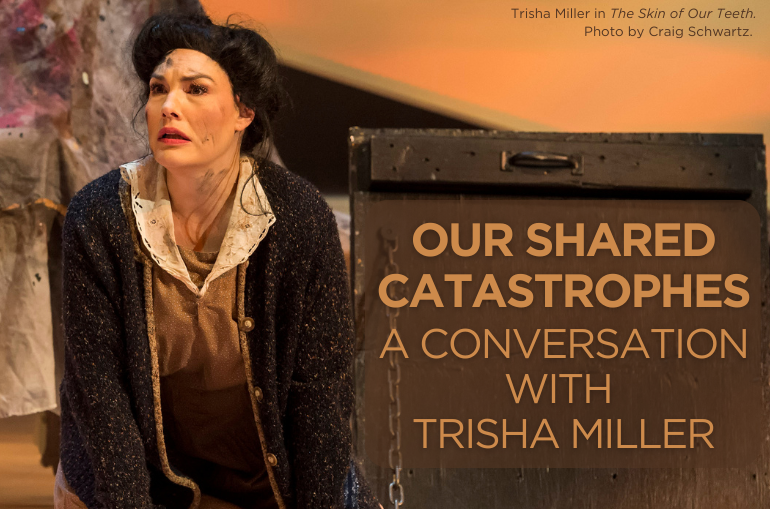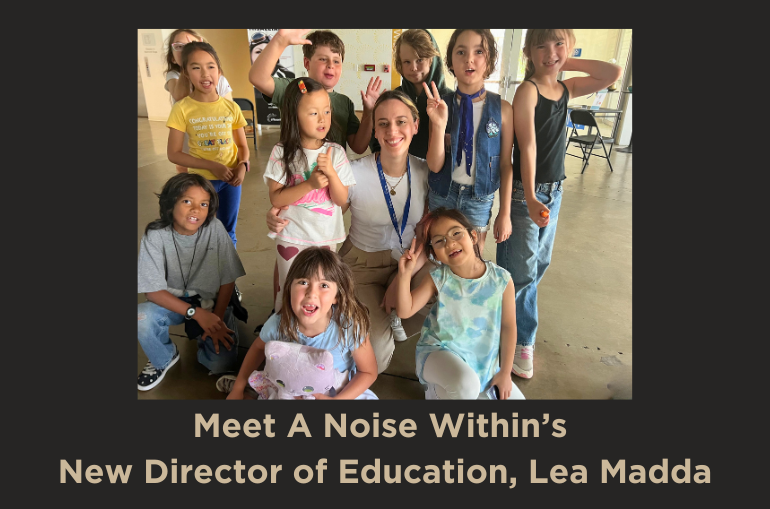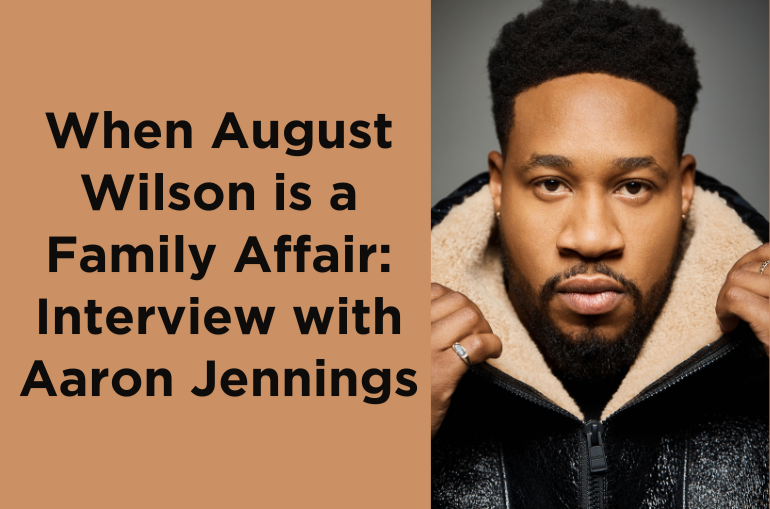SOUND, DESIGNED: Composer Martín Carrillo revisits Romeo and Juliet
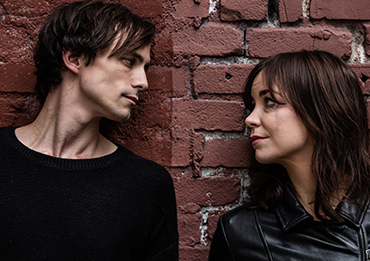
By A Noise Within
January 27, 2016
An Ovation Award™ winner for his sound design for Romeo and Juliet at Boston Court in 2004, Martín Carrillo returns to the iconic play with fresh ideas and compositions at ANW this spring. This will be Martín’s sophomore appearance at ANW following his highly lauded work on Jean Anouilh’s Antigone earlier this season. Now he shares his thoughts on the process and the play.
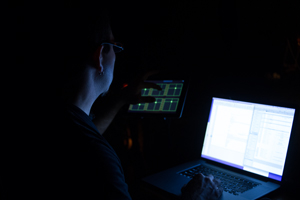
On inspiration…
I go where I am led until it’s time to lead, and I don’t think I’m alone in saying that the ways in which I am led can be varied and mysterious. The text is our starting point, so discussions with the director lead us to what the play is saying about humanity and our station in life. Fate and horror are equally at work in the story of Romeo and Juliet, and so is what I call “dread.” The latter concept emerged in early discussions as an important sensation or emotional state that the director and I wanted to convey: that death lurks in every corner, inescapable¬ and impossible to evade. But just as important as this sense of dread—or fate—is the notion that romantic love somehow exists to spite the dread around it, as a comfort and an escape. It’s sometimes secretive and small, but vindicated by the lovers’ righteousness in the face of dread.
On turning emotions into music…
Musically we have to convey emotions to be successful, so this serves as the contextual starting place for me. Then, more technical things guide the work. For one, this show contains an intricate dance so this has to be addressed early on for the purposes of choreography. This is compounded by the fact that the language is in pentameter, which got me to thinking that we might utilize that rhythm in places. Instrumentation is chosen by what is on hand on the set, by how it can evoke certain emotions, but maybe also because certain cast members actually portray instrumentalists. And along the line my style is applied more by accident than by anything else. “Designer me” finds the similar moments in the show when the Prince speaks, or when fights occur, and then “Composer me” writes “mockups” for the director to hear. As they become more viable, these ideas are differentiated for the “similar” scenes, and Designer me directs Composer me to build the cues with those themes throughout. Musical themes reveal themselves at different stages in the process.
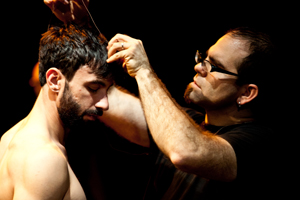
On what to expect in Romeo and Juliet…
The style is meant to be youthful, but also reverent. I’m still experimenting with found object sounds–and hope to hear the actors activate elements in the space as functional noise makers (including the dumpsters that will be part of the set). This is meant to highlight the ensemble as a troupe of performers who make this play happen–both out of necessity and urgency. Dámaso (Rodríguez, the director) and I have agreed that something of a contemporary stroke should be present to help remind audiences that Romeo and Juliet are young; but that said, we are equally interested in the very classic way in which strings or orchestral elements highlight the timelessness of this play.
On how music helps “push” the play…
It’s almost a question of fate—rhythm is like that. For me, music is a way to draw a line and push the action along it the way the fates do.
On collaboration…
Dámaso has been providing me an open playground to create what I like based on our detailed conversations. That will likely change as we solve the technical challenges throughout, but the freedom is making it a fun process this early on!
On eliminating “echoes” and creating anew…
I think composing music is difficult in general, especially in a world that is increasingly polluted with distraction and ear candy. In some respects, that found object theme is going to be apparent in the score, but it doesn’t help to have echoes of the past continually commenting on a new work. Technically, when I write, I often find that I have to start in the very early morning hours when sound in the world and the resulting noise floor of the environment around us is just beginning to creep up to a din. Ideally this means creative work from about 4am to 10am and then technical work after that. Of course I am familiar with quite a few other artistic musical renditions of the play and its themes—and surely that influences both Dámaso and me critically as a kind of baseline. But whatever is new will need to emerge on its own, and that’s how I structure my time—when I can—to clean the workspace and create.
Romeo and Juliet begins on February 14. Click here for tickets.
